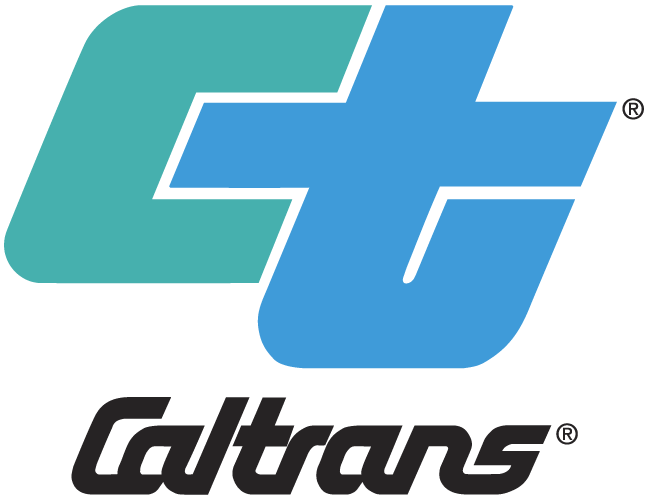Search Tips
Once you have become familiar with how to perform searches on the Contract Cost Data web site (see help files), it is important to understand how to get good search results that can help you build a good estimate. The following tips will help you to achieve this (Note: These tips are geared toward individuals building estimates for Caltrans jobs. Your mileage may vary.):
- Get a reasonable number of results (at least 20) in order to have a good average price.
You may need to broaden your search if you get too few results, but be aware of the implications
of too broad a range as specified in each tip below:
- Limit your search to the district your project is in, and perhaps any nearby districts. This is important because many unit prices will vary by geographic area.
- Limit your search to a quantity range comparable to the quantity you have in your project. Contractors often bid a lower price if there is a large quantity of a particular item, due to economy of scale. If you get too few results (less than 20), increase your quantity range, but realize this may skew your results a bit.
-
Once you have gotten a reasonable number of results, check the standard deviation of the unit
price. If the standard deviation is greater than the minimum or average unit price, your average
(weighted, escalated or not) is not going to be an accurate representation of a good unit price to use.
To improve your average, look through the list of results returned, and see if there are any unit prices that differ significantly from everything else. Especially check the non-awarded bidders (if you included them in your results), as some of these may have overbid or underbid an item. Uncheck all results that seem unreasonable to remove them from the summary calculations. Also consider removing any projects that might have escalated prices due to other factors (maybe in a mountainous areas, or far from AC plants, etc.). -
Look at the escalated average price (or escalated weighted average) for your selected item.
NOW STEP BACK AND LOOK AT THE BIG PICTURE. Consider the following:
- Round UP to the nearest whole unit (If price is $34.67, use $35; If price is $0.27, use $0.30)
- When at all possible, especially for smaller-scope quantities, round up to even '0' or even '5' ending digits, rather than something like $267.84.
- Consider how rounding will affect the total item price as related to quantities - total item price of very large quantities would be adversely affected by rounding up to even '0' or '5' digits much more than the total item price of small quantities.
- Remember the big picture when pricing... this is not construction with a micrometer, but heavy machinery. In construction, a contract item can be adjusted up or down by 25% without having to write a change order. Also, bids are accepted as normal from 20% under to 10% over the Engineer's Estimate (For Caltrans projects). Don't be sloppy, but don't stress over it too much either.
- No contract item is ever priced (for total item work) under $100 (For the purpose of easier contract administration, accuracy and scope of work/cost estimating).
- If you do not have an official item code, you can search the database instead by a description, using wildcards, to find a similar item. The wildcard used by the database is a '%' sign (not a '*') for a multi-character wildcard, and '_' (underscore) for a single character wildcard. When you do a search like this, you will need to go through your results and uncheck the results that do not apply to remove them from the summary calculations.
- Sometimes, in order to get enough pertinent data, you may also have to do a search by description instead of the item code. For example, AC (Type A) and AC (Type B)... search on "ASPHALT CONCRETE (TYPE _)" - remember, the underscore is a single-character wildcard. Again, uncheck the results that do not apply to remove them from the summary calculations.
- Once you are satisfied with the escalated price, print out the page to document your selection. The printout will document your search parameters, time of search, and which specific items were included in your escalated average (or escalated weighted average).
Thanks to Lynne Anderson, District 1, for much of the material for this page.
